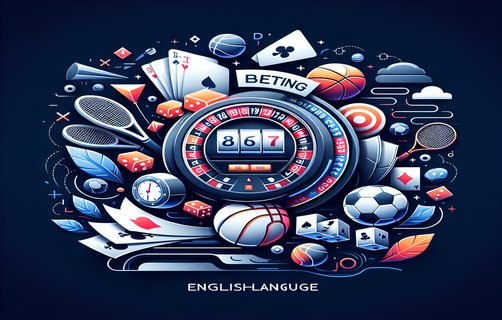The Resurgence of the Gambling Industry: A Multifaceted Economic Analysis
The global gambling industry has experienced a significant transformation in recent years, driven by technological advancements and changing consumer preferences. In examining this dynamic sector, several aspects warrant attention: the recovery trends post-pandemic, the proliferation of live casino platforms, the impact of virtual football betting, innovative in-game bonuses, consumer demand for fast loading times, the concept of set mining, and the various challenges within gambling frameworks. This analysis will delve into each aspect from multiple economic lenses, highlighting the industry's resilience and adaptability.
Gambling Industry Recovery
Post-COVID, the gambling industry has shown a remarkable resilience, rebounding with increased engagement and revenue generation. Economically, the industry can be viewed through the lens of **supply and demand**. With the lifting of restrictions, there was an influx of consumers eager to return to casinos, casinos responded by enhancing offerings and experiences. The **elasticity of demand** for gambling services has demonstrated a strong recovery capacity, driven by pent-up consumer demand and the urgency to reclaim social interactions lost during lockdowns.
Rise of Live Casino Platforms

The rise of live casino platforms symbolizes the intersection of technology and consumer preference. This segment is grounded in economic theories pertaining to **network effects**—the more players engage with live casinos, the more attractive they become for new entrants. Moreover, live casinos create an immersive experience, aligning with the **trialability** concept in innovation diffusion, where potential gamblers can engage without fully committing to traditional casinos. The live casino format not only serves to replicate the physical gambling experience but also addresses the **convenience** factor that online consumers highly value.
Expanding Presence of Virtual Football
Virtual football betting has emerged as an innovative alternative, particularly appealing during off-seasons or in areas where traditional sports are less accessible. From an economic perspective, this can be intrigued through the lens of **substitute goods**—virtual football provides a viable option for consumers looking to fill the gap left by traditional sports betting. Additionally, the technological investment in creating realistic simulations leads to the idea of **cost-benefit analysis**, where lower operational costs paired with high engagement metrics makes this sector increasingly lucrative for operators.
Impact of In-Game Bonuses

In-game bonuses stand out as a crucial tool for enhancing player retention and engagement, operating within the framework of **behavioral economics**. These bonuses align with **prospect theory**, where players are more motivated by potential gains compared to the losses associated with wagering. Casinos that effectively leverage in-game bonuses can tap into customers' risk-averse tendencies, thus ensuring a consistent player base. The critical aspect here lies in the bonus structure; effective differentiation can create competitive advantages amongst casinos.
Significance of Fast Loading Times
In today’s digital landscape, consumer patience is at a premium, making fast loading times a fundamental aspect of online gambling platforms. This aligns with **operational efficiency theories**, where smoother user experiences directly correlate with increased satisfaction and retention rates. Casinos that invest in technologies enhancing loading times can expect elastic demand responses, translating into higher traffic and ultimately improved revenues.
Set Mining as a Strategic Approach
Set mining—a strategy often noted in poker—reflects the strategic allocation of resources within gambling. This concept can be analyzed through the principles of **game theory**, where the decisions made by one player significantly impact the strategies of others. Players who effectively employ set mining tactics must intuitively gauge their opponents' behaviors, revealing intricacies of competition dynamics within gambling ecosystems.
Challenges in the Gambling Sphere
Despite the industry's positive trajectory, significant challenges remain, such as regulatory pressures, addiction concerns, and market saturation. Theories of **externalities** are pertinent here; for instance, while gambling can foster economic development, it can also lead to social costs that must be addressed. Regulatory frameworks that balance safety with economic potential are vital for long-term sustainability within the gambling industry.
In conclusion, the gambling industry is navigating a complex landscape influenced by diverse consumer behaviors, technological advancements, and economic principles. The ability to adapt to changes—embracing digital transformation while addressing inherent challenges—will play a critical role in shaping its future trajectory.
